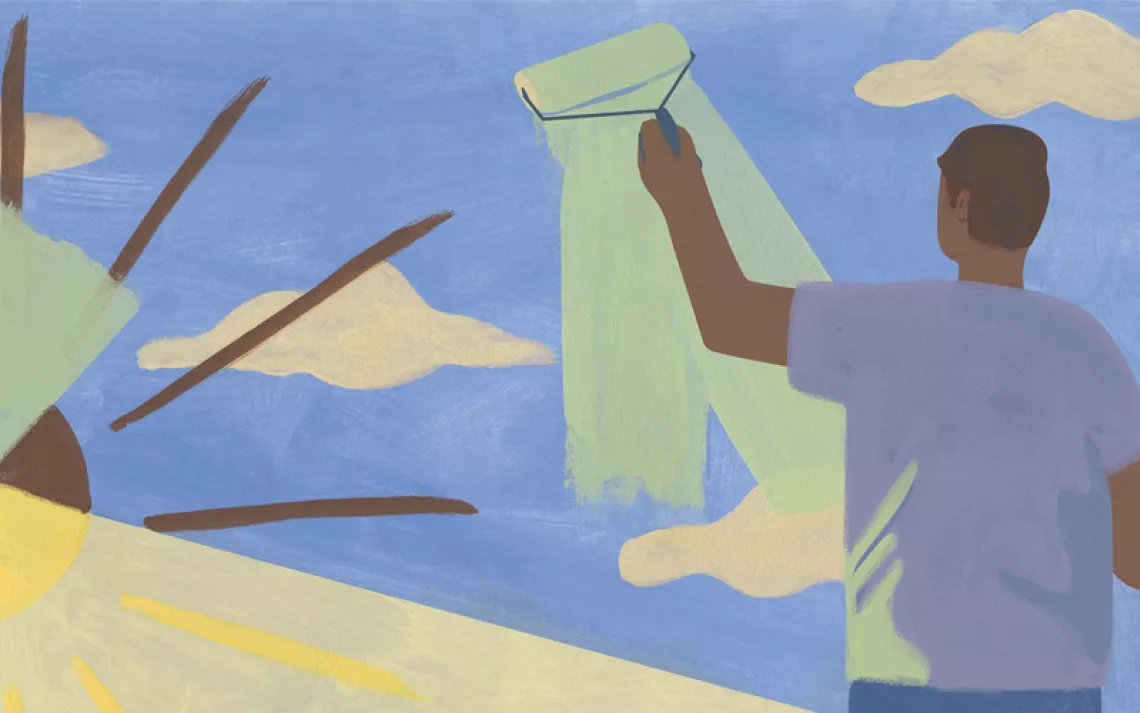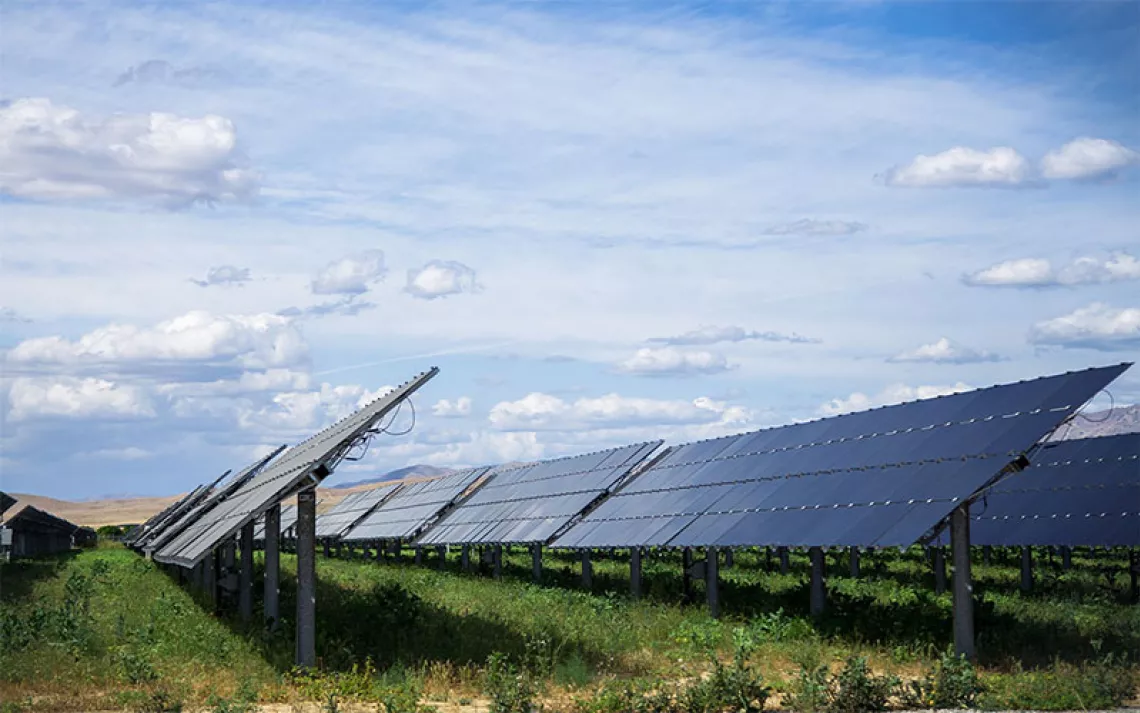Femmes Environnementales: International Women’s Day Reading
Nine female nature writers who inspire us to explore, enjoy, and protect the planet

Photo courtesy of Eva-Katalin/iStock
Much like the rest of the literary canon, men have more or less dominated the sphere of American nature and environmental writing. This is perhaps due to old-fangled notions of nature experiences as uniquely male rites of passage, as well as the idea (specious though it might be) that domestic obligations preclude female writers from embarking on far-flung adventures. Chances are, the well-documented gender byline gap plays a role, too. History, however, shows that women have for centuries explored the natural world on the page—and to great effect.
With rich diversity in voices, attitudes, and styles, female-penned essays, memoirs, novels, plays, reportage, and poetry have done much to expand the traditional definitions of nature writing. For evidence, look no further than Annie Dillard’s faith-centric Pilgrim at Tinker Creek; Kathleen Jamie’s Findings, which documents the author’s attempts to reconcile family life with her birding passion; Rebecca Solnit’s A Field Guide to Getting Lost, which presents the endeavor of losing oneself in nature as a kind of Zen rebirth; or Rachel Carson’s The Sea Around Us, which reveals the poetry inherent in marine biology. Women writers also have effectively sounded the alarm on environmental havoc, as proven in Carson’s Silent Spring and Terri Tempest Williams’ many literary admonitions against nuclear testing. By highlighting marginalized viewpoints, many other women writers have helped expand the nature writing genre beyond Walden Pond’s boyish concerns. Think Alice Walker, whose poetry recalls the stamp slavery and oppression left on sharecropped land in the South; Louise Erdrich, whose novels helped bring Native writing into the mainstream limelight; and Ursula K. Leguin, whose fantastically utopian fiction, while set largely in space, provide Earth lovers with ample food for thought.
Such writers paved the way for a new and burgeoning wave of female authors whose work continues to inform and inspire conservation endeavors—and to entertain and inspire greenies who like to read. For Women’s History Month, we’d like to recommend nine outstanding contemporary writers. Each of these women’s words can make us reconsider or better appreciate our relationship to the natural world. So, go find an al fresco reading spot (or at least a place with a view of the great outdoors), and dig into literary fare from the following ladies.
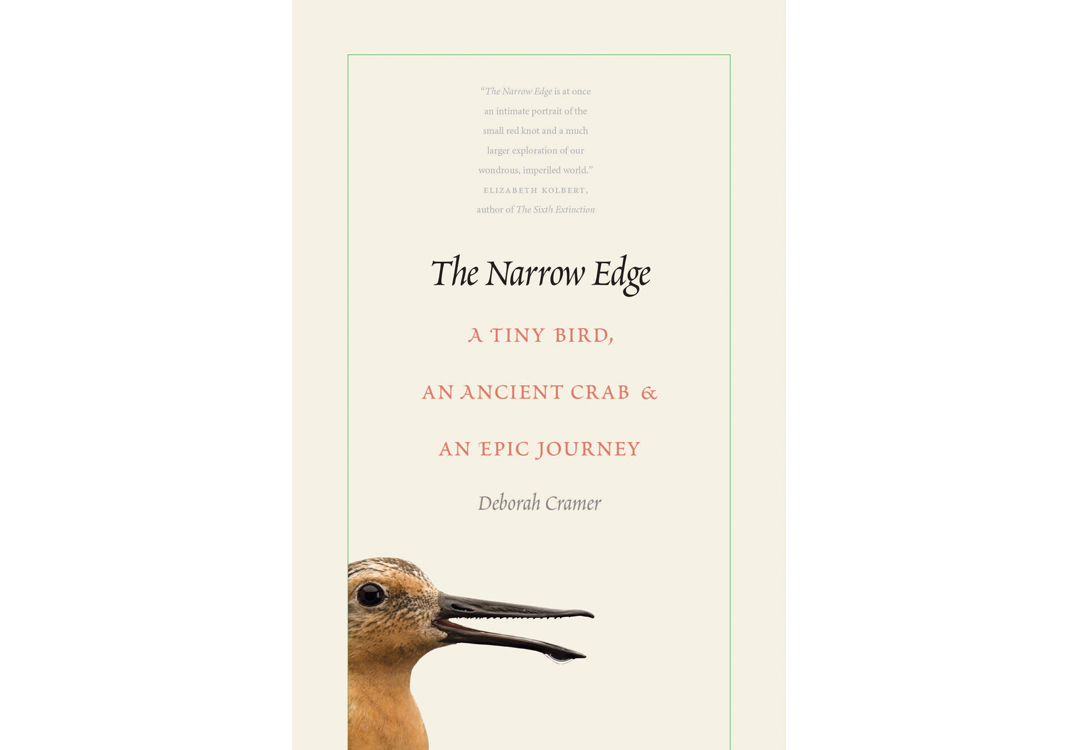
Photo courtesy of Yale University Press
For three years Deborah Cramer trekked from the south end of the earth all the way into the icy Arctic, following the 19,000-mile migration of a type of tiny sandpiper called the red knot. Red knots are particularly imperiled by climate change, and they survive on the eggs of horseshoe crabs—primordial animals whose blue blood, it turns out, serves a crucial biomedical role: detecting bacterial contamination in human vaccines, and thus safeguarding human health. In 2015’s The Narrow Edge: A Tiny Bird, An Ancient Crab, And an Epic Journey, Cramer not only unpacks this science, but recounts her extraordinary odyssey. The book, Cramer’s third, serves as a riveting travelogue, a tribute to red knots’ tenacity, and an argument for the interconnectedness of species—the author eloquently reveals how the health and well-being of a tiny bird and an ancient crab mirrors that of humankind. It’s also a work of philosophy: One of the book’s central questions asks whether species should have to prove their financial worth to humankind. With an urgency not unlike that displayed in Silent Spring, Rachel Carson’s landmark reveal of the impact of DDT, Cramer proves that when the mostly unknown little avian creature hurts, we hurt, too. For more on that, check out Cramer’s New York Times op-ed.
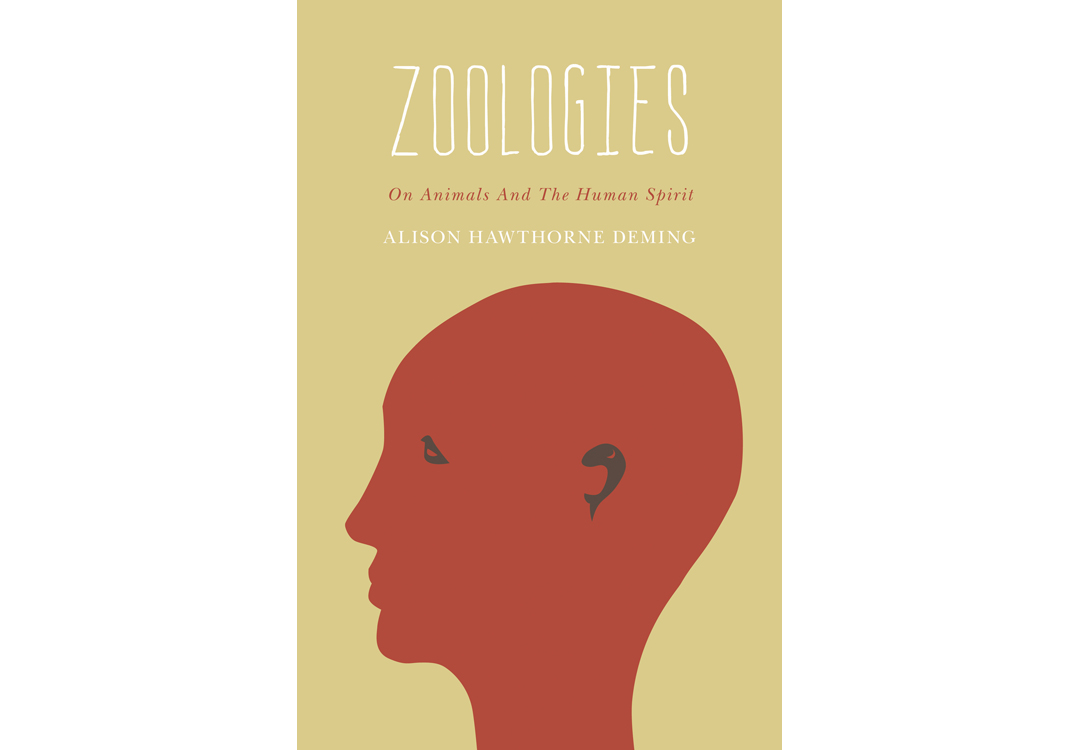
Photo courtesy of Milkweed Editions
What exactly do animals teach us about our humanity? That’s the question driving Alison Hawthorne Deming’s latest book, Zoologies: On Animals and the Human Spirit. Through these linked essays, Deming traces humans’ relationship with animals since the beginning of our species—when they served as food, clothes, gods, and companions. In our post-industrial world however, Deming theorizes that we have diminished not only the physical but also the spiritual presence of animals—in art, symbolism, and more. Whether observing wildlife in the desert near her Arizona home, along the American East Coast, or in Africa, Deming comes back to the same conclusion: By better honing our animal-awareness, humans can hope to reverse (at least some of) our planetary destruction, and make “the next leap forward in our evolutionary story.” Fun facts: Deming is the great-granddaughter of Nathaniel Hawthorne, and the author of five other books and six poetry collections. Check out some of her masterful verse in Orion.
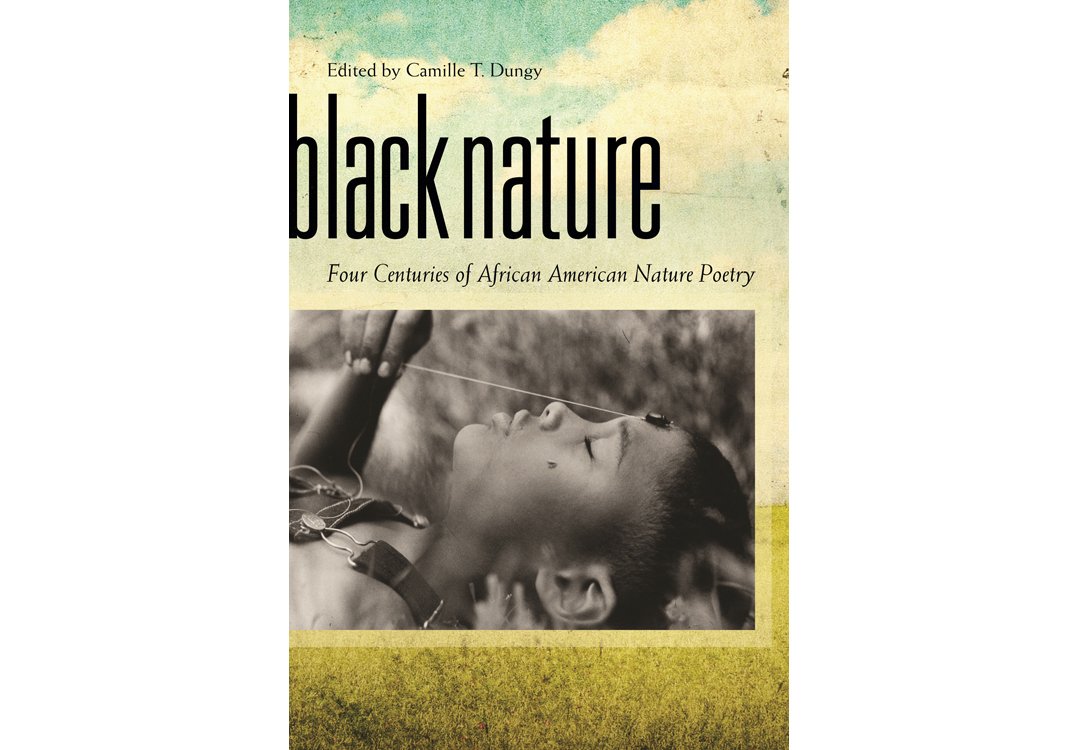
Photo courtesy of University of Georgia Press
Camille Dungy’s Black Nature holds the distinction of being the first collection to anthologize nature writing by African American poets. Dungy’s selections—including work by Rita Dove, Gwendolyn Brooks, and Natasha Tretheway, as well as several emerging writers—not only broadened the concept of African American poetics, but helped to change notions of who writes nature poetry. Dungy posits that black people have been writing about the natural world for centuries; most, however, didn’t have the luxury of venturing to a mountain to find themselves. As people become increasingly aware of the cataclysmic effects of environmental degradation, Dungy believes that more are addressing nature in the traditional spirit of black writers—taking the interconnectedness of economics and class politics into account. The author of three poetry collections, Dungy’s first essay collection, Guidebook to Relative Strangers, forthcoming this June, documents her own travels as a poet-lecturer with a small child in tow—covering her experiences of mothering, illness, and race divides. Get a taste of Dungy’s sharp, thoughtful writing via this Ecotone essay about her quest to find chicken and waffles above the Arctic circle.
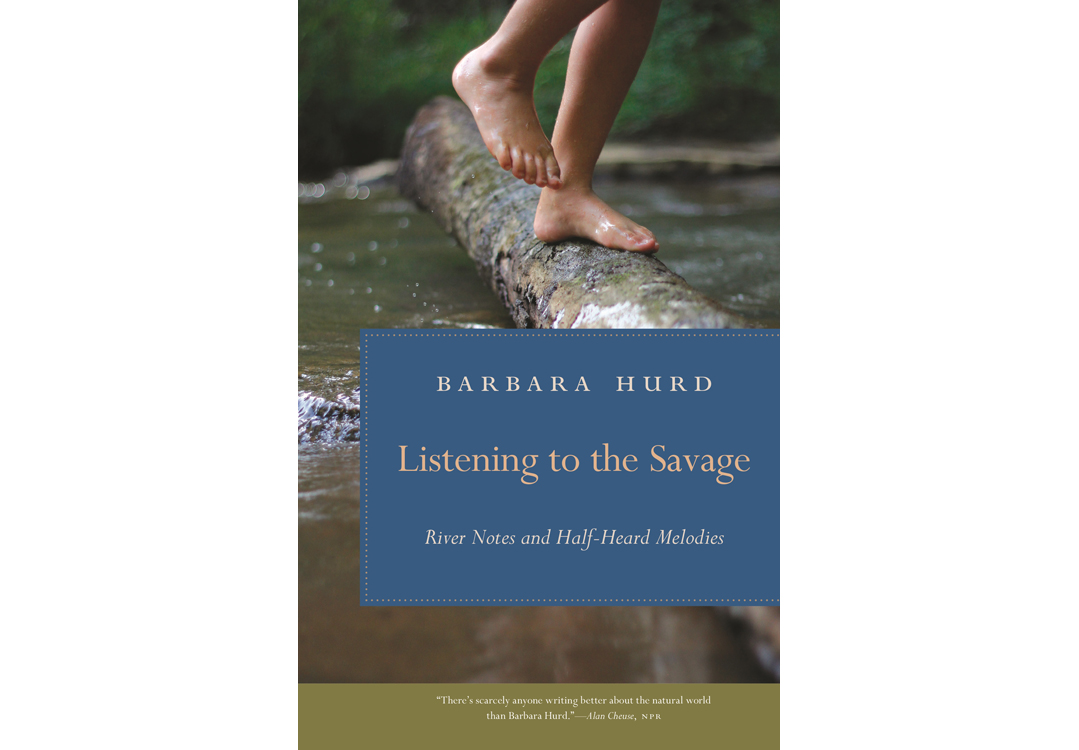
Photo courtesy of University of Georgia Press
The author of 10 nature books (including a poetry collection), Barbara Hurd also volunteers for her local watershed group, which monitors Western Maryland’s Savage River. A self-proclaimed “river monitor,” Hurd makes a habit of listening for quieter signals of disruption among plants and wildlife—the complexities of atonal birdsong, for instance, or the sense of foreboding that arises when a flock of geese, soaring overhead, suddenly plunges to water. This is abundantly evident in Hurd’s personal, meditative prose, which draws parallels between her own sphere and the natural world, offering up rich explorations of literature, family, science, place, and the waning phenomenon of attentiveness itself. Her latest essay collection, Listening to the Savage: River Notes and Half-Heard Melodies, calls on readers, too, to engage in deep, habitual listening, “to turn… the ear, that lonely hunter, and put it closer to the ground.” It’s for our own good, Hurd writes, and for the sake of the planet, too. For a taste of Hurd’s sensory lyricism, check out her haunting meditation on sea horse amputees in Orion.

Photo courtesy of Milkweed Editions
A member of the Citizen Potawatomi Nation, botanist Robin Wall Kimmerer takes to the page to explore her indigenous heritage, and also to reveal how living beings such as squash, sweetgrass, and salamanders offer us important lessons—if we only learn to listen to them. In her most recent book, 2013’s Braiding Sweetgrass: Indigenous Wisdom, Scientific Knowledge, and the Teachings of Plants, Kimmerer eloquently makes the case that by observing and celebrating our reciprocal relationship with the natural world, one can gain greater ecological consciousness. As a scientist, Kimmerer is a proponent of the somewhat marginalized “Traditional Ecological Knowledge” approach, also known as “Indigenous Knowledge” and “Native Science.” TEK encompasses the worldviews and traditions of indigenous people concerning ecology, spirituality, and human and animal relationships. To see this belief system in action, look no further than this Earth Island Journal article, in which Kimmerer tells the story of an epic paddling adventure, and meanwhile unpacks the compelling indigenous history of the Onondaga Nation.
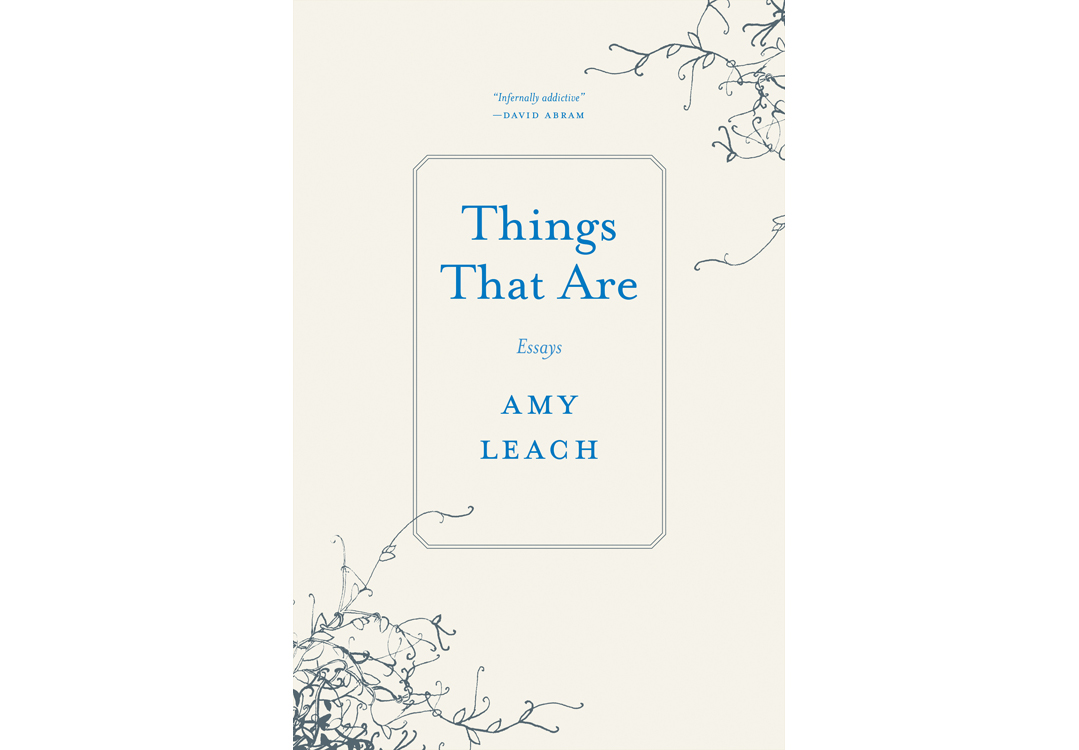
Photo courtesy of Milkweed Editions
For evidence that environmental writing can be anything but dry, check out Amy Leach’s genre-bending essays. These whimsical explorations of animal kingdom phenomena—exploding sea cucumbers, fainting goats, the relationship between gods and donkeys—pose important questions about our kinship with the wild world. They’re also quite the trip; Leach muses on whether light holds meaning for jellyfish and tapeworms, and with Seussian flair, points out that not all of the insects one sees in the water are water insects. “Some may be bamboo insects that fell off their bamboo, or shore insects that got washed off their shore.” Her first collection, 2013’s Things That Are, serves to expand perceptions of our animal neighbors, and rekindle our communion with them, too. For a taste of Leach’s prose—a standalone species in itself—check out her essay about the celestial daydreams of an amateur astronomer, in Tin House.

Photo courtesy of Penguin Random House
Reporter Kathryn Miles has a knack for exhuming natural disasters. Her most recent book, Superstorm: Nine Days Inside Hurricane Sandy—a blockbuster account of the Halloween storm that took the Eastern Seaboard by surprise in 2012—digs deep into storm science, dissects governmental emergency management failings and, most compellingly, questions whether increasingly unpredictable maelstroms come to pass in retribution for humankind’s carelessness with Earth’s climate. The book expands on a story Miles wrote for Outside in 2013—a behind-the-scenes chronicle of a tall ship that tragically met its end in the heart of the storm. Superstorm relies on both data and story to make an important point—as climate patterns change, weather patterns change, too, and we thus need to update our collective decision-making processes around natural disasters. For her next book, Quakeland: On the Road to America’s Next Devastating Earthquake, forthcoming in August, Miles descends into the earth to uncover the horrific risks of human-induced earthquakes, and interviews those scientists and engineers on a mission to address this ground-shaking threat. Miles’s captivating, recent Ecotone essay likewise prods at this nexus—she connects the dots between earthquakes, soundscapes, and our planetary hum.
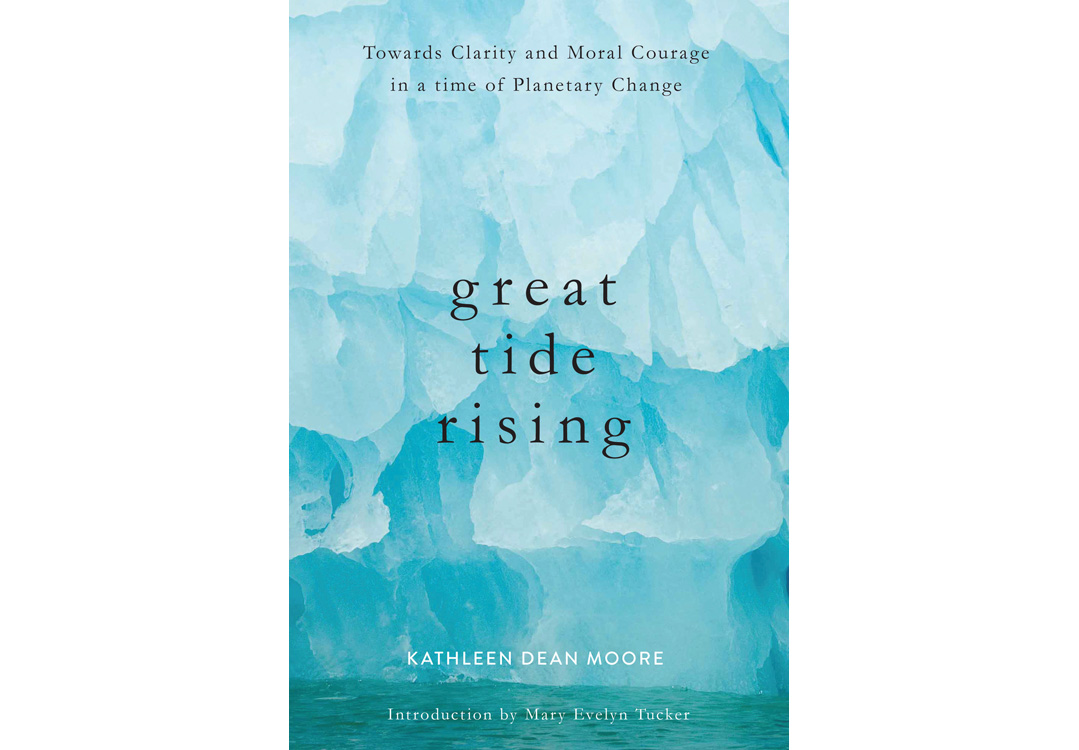
Photo courtesy of Counterpoint Press
The author of numerous award-winning environmental books, Kathleen Dean Moore is perhaps best known for integrating philosophical reflection into personal experience. While her early creative nonfiction focused on the cultural and spiritual values of the natural world, her more recent work centers around the ethics surrounding climate change. Along with Michael P. Nelson, she published 2011’s Moral Ground: Ethical Action for a Planet in Peril, a compendium of testimonies from world and religious leaders about our obligations to future generations. Moore’s most recent work of nonfiction, Great Tide Rising: Toward Clarity and Moral Courage in a Time of Planetary Change, published last year, takes on the questions of why, exactly, it’s wrong to wreck the world, asking readers, “What is our obligation to the future? What can anyone do? What are the stories and ideas capable of lifting those who deeply care, inspiring them to move forward with clarity and moral courage?” Moore’s latest book, Piano Tide, her first novel, tells the story of an Alaskan tidewater town; specifically, its defense of their dwindling freshwater supplies. A multimedia artist, Moore also collaborates with concert pianists during performances, bringing music to her messages about global extinction and the inherent moral imperative. Check out Moore’s blog for her most up-to-the-minute musings on nature—and calls to climate action.
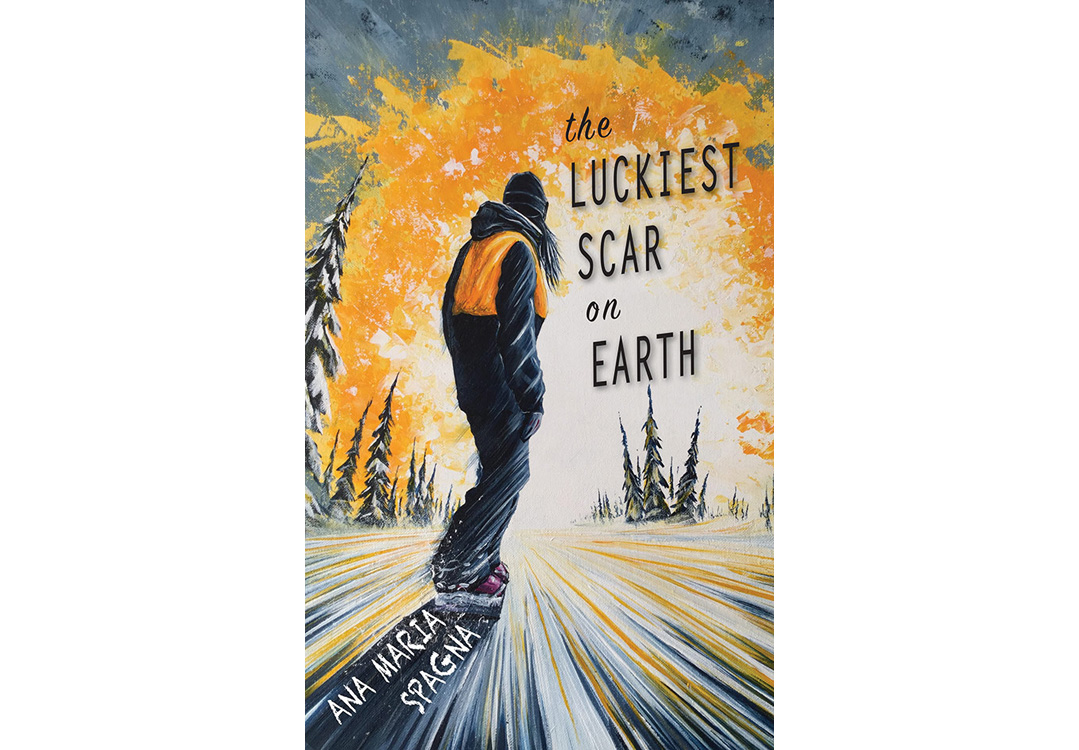
Photo courtesy of Torrey House Press
Ana Maria Spagna spent months travelling to the Panamints, the Sierras, and the Cascade Range to meet the ordinary people—primarily indigenous women—undergoing extraordinary endeavors to reclaim ancestral lands from the private companies seeking to capitalize on them. The result is 2015’s Reclaimers, in which Spagna, the author of five other books, renders visible the typically invisible struggles and triumphs of these tenacious underdogs. Spagna’s words are now more relevant than ever—and they’re also funny, relatable, and often, joyful (check out her colorful Sierra essay on wildfires in the Pacific Northwest). In Ecotone, nature writer Brian Doyle writes, “I remember the first time I read a passage from Ana Maria—it was in a magazine in which all the other stuff was careful and remote and only news, and her essay was sharp and blunt and had mud and sawdust in it.” For evidence, see Spagna’s recent ode to road trips, Americana, and the music of the late Sharon Jones, published shortly after the 2016 U.S. presidential election, in Terrain.org. Some further recommended reading for the age of Trump? Spagna’s 100 Skills for the End of the World (As We Know It), a humorous guide to surviving any given apocalyptic global catastrophe; and her forthcoming first novel, The Luckiest Scar on Earth, about an intrepid female snowboarder.
 The Magazine of The Sierra Club
The Magazine of The Sierra Club

